7 Times New Performance Cars Didn’t Get A Power Increase
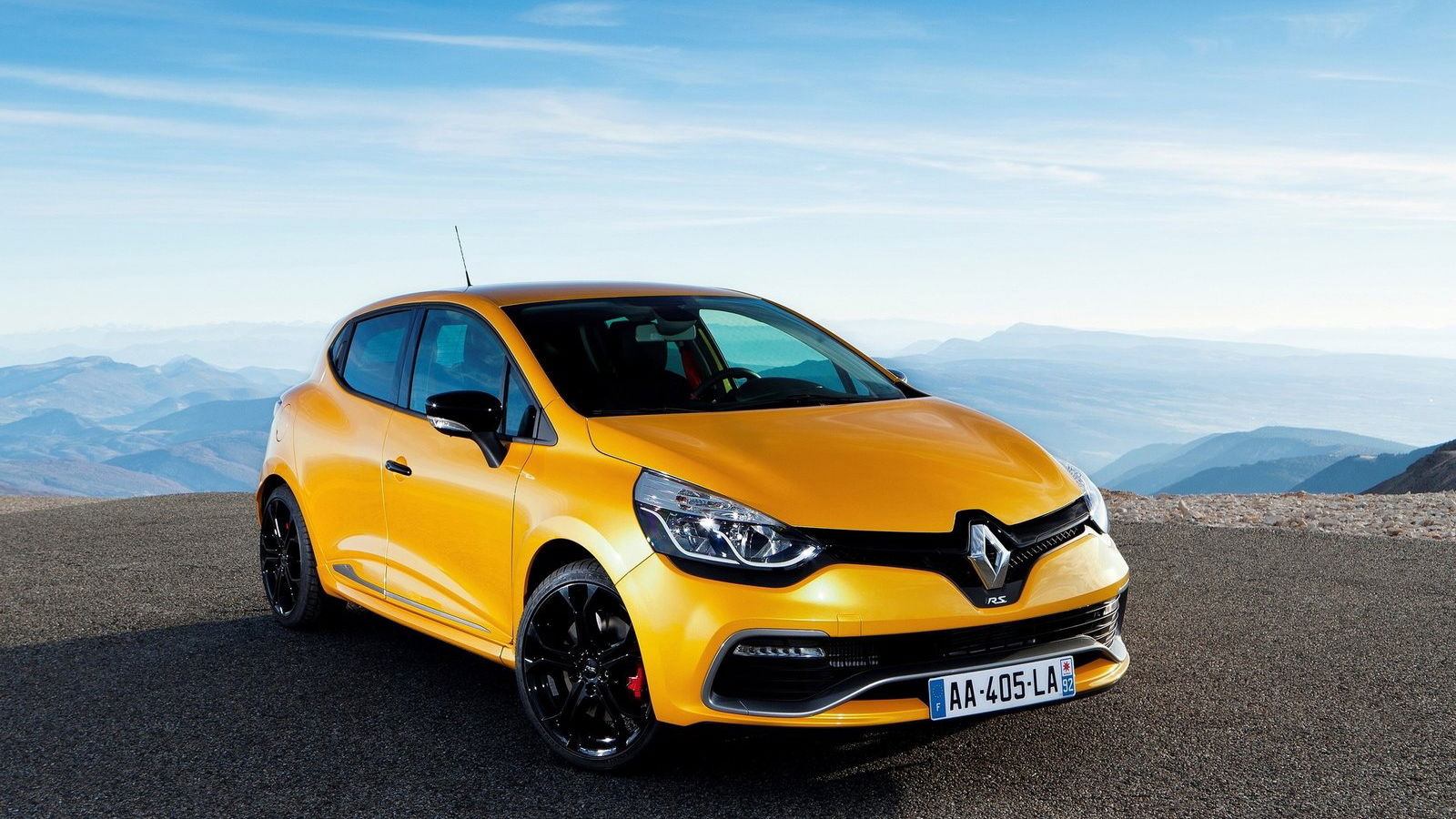
If it’s one thing that more or less everyone who drove the outgoing Fiesta ST said about the car, it’s that it could stand more power. The new one hasn’t delivered on that, though, instead switching to a downsized, torque-rich turbocharged three-pot that will either be a hilarious success or a total disappointment.
When we saw it unveiled at the Geneva show, it got us thinking, because it’s not too often that this sort of thing happens. How many other cars could we think of that had been launched with the same or less power than the cars they replaced?
2018 Ford Fiesta ST
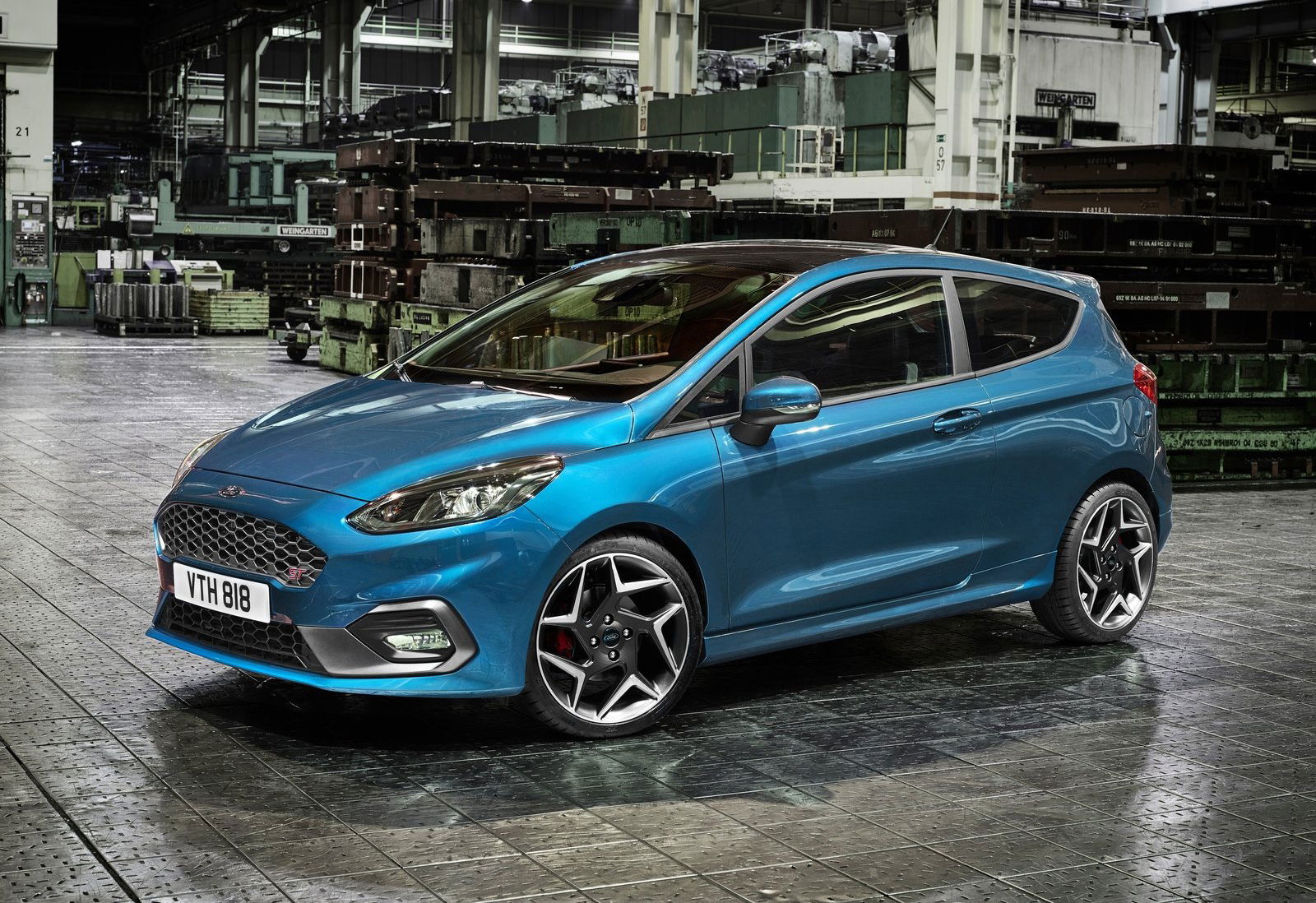
Although it’s dropped a cylinder and a bit of capacity, the Fiesta ST hasn’t lost any power. The little EcoBoost motor has 197bhp and 214lb ft, which a quick Google will tell you is more than Ford quoted for the last model, but in fact both figures are exactly the same as the old 1.6-litre car coughed out when overboost kicked in (yo).
Call us overly demanding, but with a chassis as good as the Fiesta’s we can’t help but think Ford would be better off keeping the old engine, turning the wick up a bit and then letting Mountune play with it. Peugeot has a 1.6-litre turbo that can produce 276bhp, so come on, Ford…
2012 Audi RS 6 (C7)
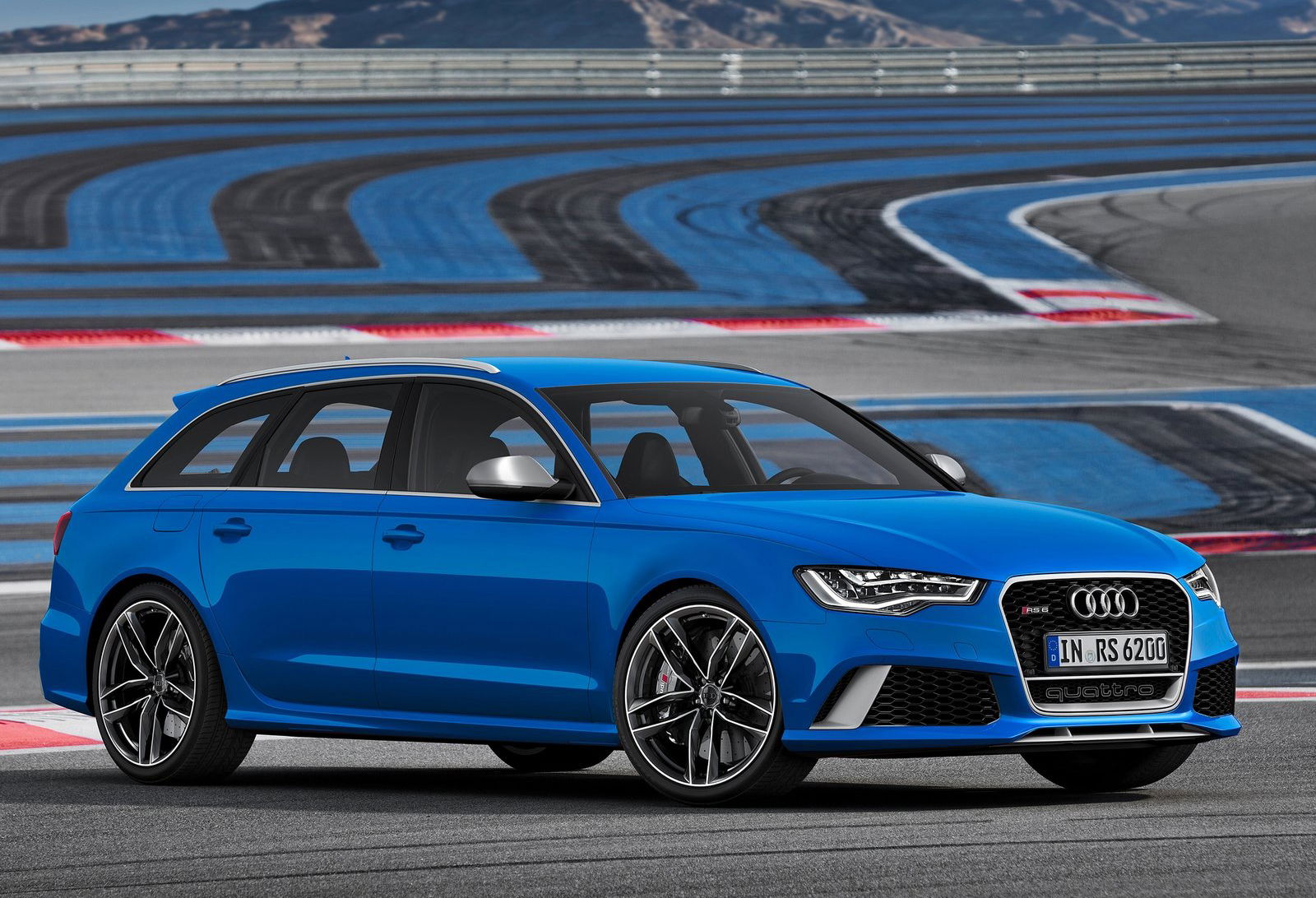
The C6 RS 6 had been fitted with a gloriously mental 571bhp V10 but, as epic as it was to have two big family cars fitted with V10s (the other being the E60 M5), it was only sold for just two and a half years, between 2008 and 2010. We imagine it didn’t really agree with the post-recession West.
The C7 that eventually replaced it in 2012 had, sadly, lost two cylinders and 18bhp, but it wasn’t all bad news because the newer, more advanced twin-turbo V8 pushed out a crushing 516lb ft of torque over the C6’s V10’s 479lb ft. Gearing tweaks helped make the C7 faster, after all.
2013 Renault Sport Clio 200 Turbo
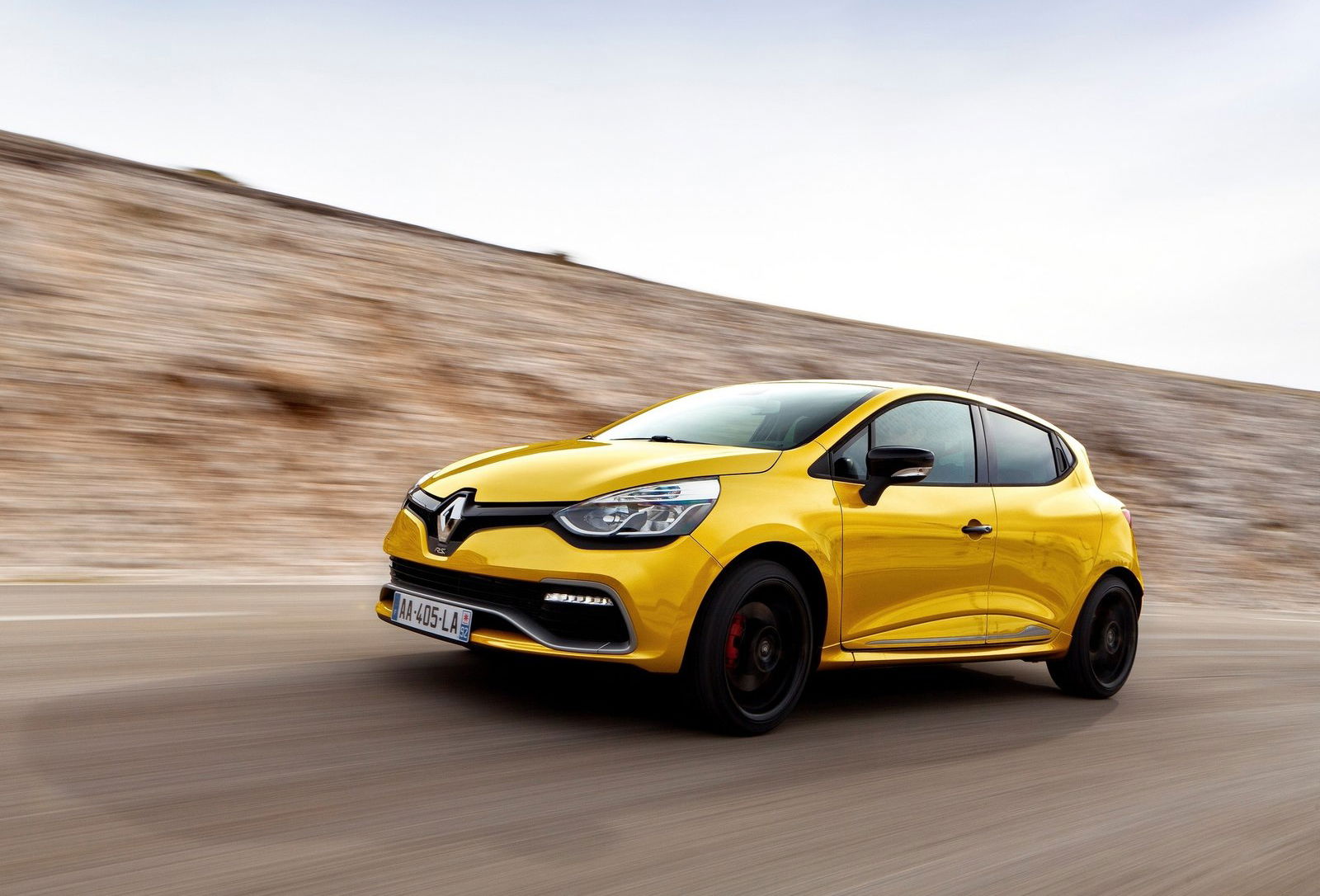
One of the most anticipated – and dreaded – hot hatch launches ever was that of the first turbocharged Renault Sport Clio. Oddly, where the mechanically very similar 197 and 200 had been named differently specifically to raise the latter above the comparatively unsuccessful former, the Clio 200 Turbo, having switched from a normally-aspirated 2.0-litre rev monster to a 1.6-litre midrange-heavy drone-fest, didn’t even warrant a token increase in numbers. It had the same 197bhp, and people were disappointed.
As it happened, not even a cracking chassis was enough to save the car’s reputation. The engine was good and the car was rapid on track, but its dual-clutch gearbox was the wrong idea, executed badly.
2016 Mercedes-AMG SLC 43
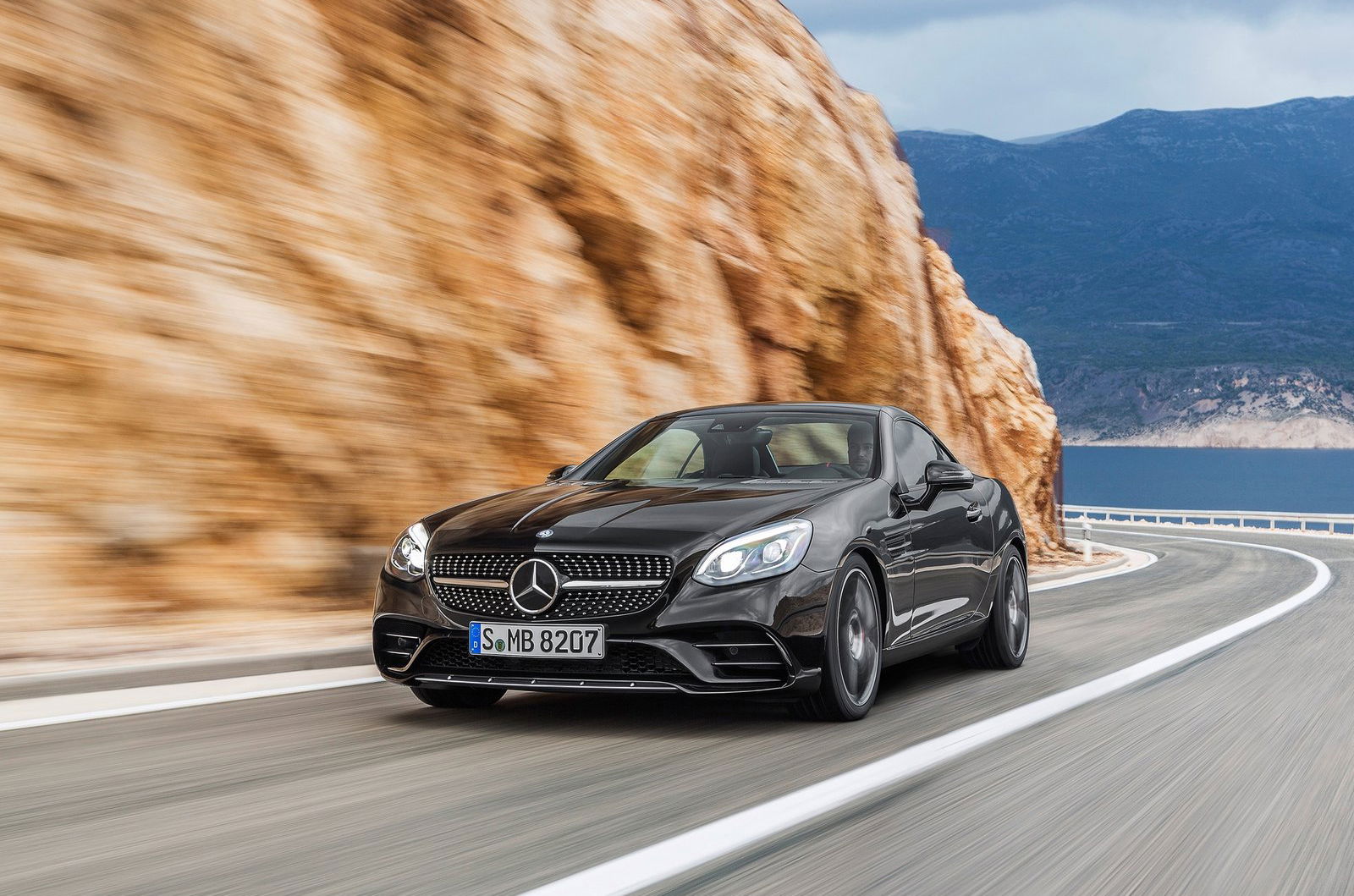
We miss the outrageous SLK 55 AMG. It was an absolute blast; a European muscle convertible with all the charm and bombastic charisma you could ever wish for. The 5.5-litre M152 V8 was the same as the M157 twin-turbo in more powerful AMG saloons of the era, but without the turbos. It had 415bhp.
The current SLC AMG, or more correctly the Mercedes-AMG SLC 43, has a 3.0-litre twin-turbo V6 that still sounds pretty good, but it’s way down on power, with a relatively modest 362bhp; a loss of more than 50bhp.
1998 Mazda MX-5
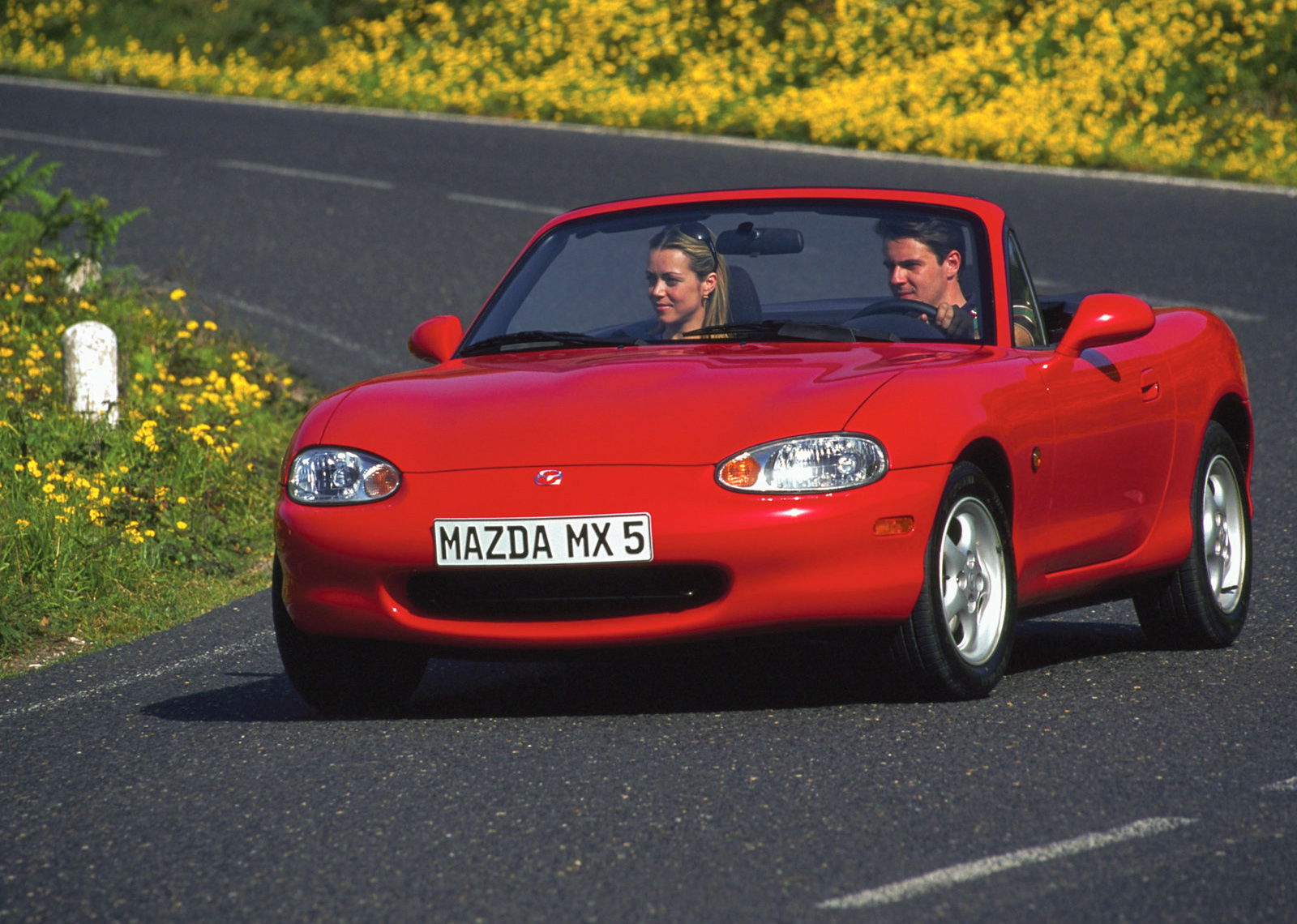
When Mazda brought the second-generation MX-5 out, sales went steadily down. Some say the styling was to blame, but maybe it was the lack of extra power to keep things interesting. The first model, tagged NA, had a fizzy 1.6-litre petrol with 114bhp, but the same engine on the slightly heavier NB replacement had a disappointing 108bhp.
1974 Ford Mustang (II)
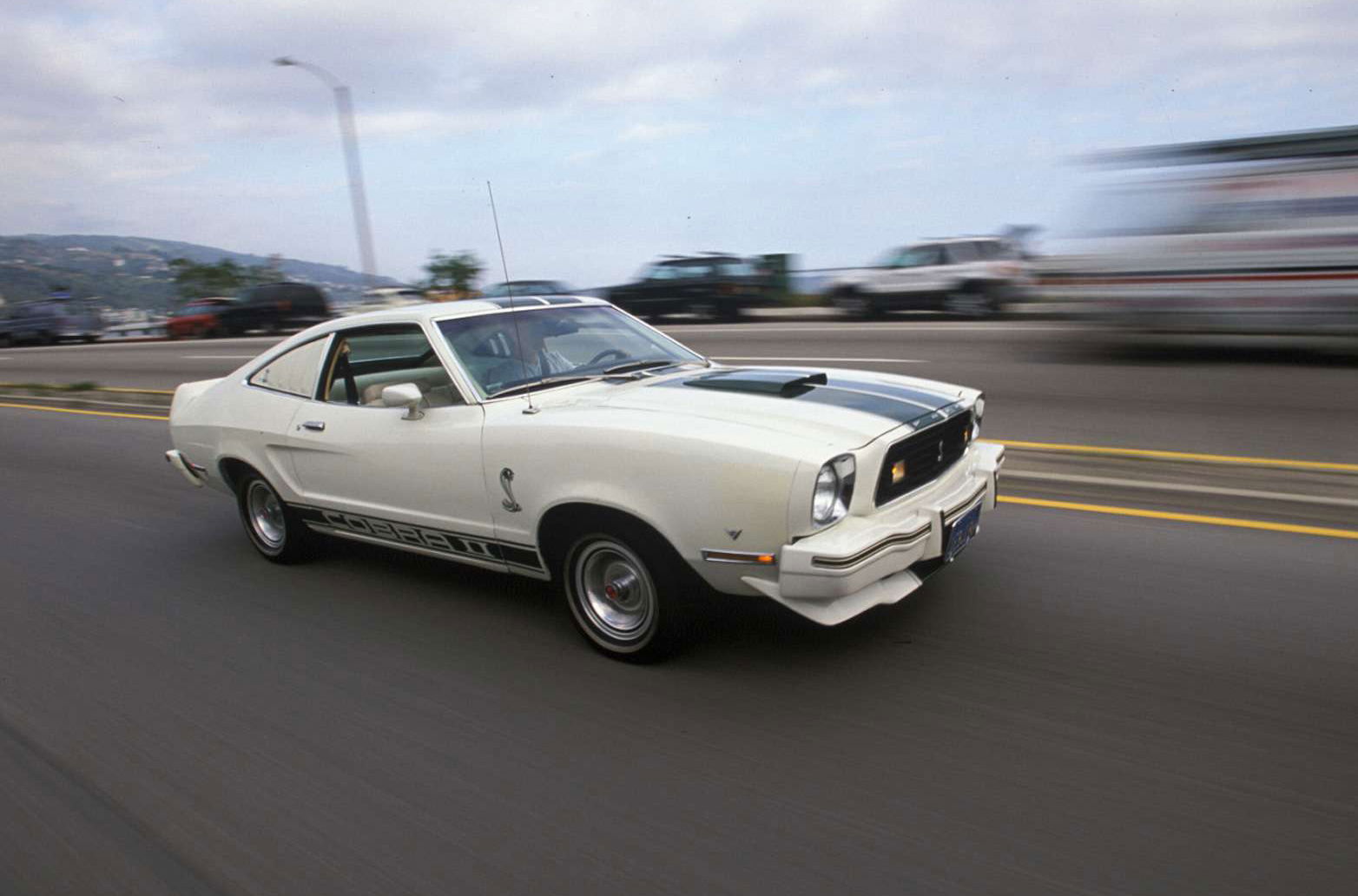
In the late 1960s the first Ford Mustang had become America’s wet dream, rising from Ford’s own initial 271bhp V8 version to Carroll Shelby’s 305bhp GT350, before Boss 302, 351 and 429 versions pushed output north of 375bhp. That’s more, in 1969, than the Mercedes-AMG SLC 43 puts out today. Jeez.
But as the 1973 oil crisis was looming, Ford responded with a smaller, lighter and more efficient Mustang. New emissions controls had killed the engines, though. It was a horror show at the time, and sales plummeted. It launched without a V8 at all, using a pretty poor V6 instead, and when the company finally caved and re-introduced a 5.0-litre V8 in 1975, it was producing as little as 122bhp, and would have struggled to pull a balloon out of a small child’s hand.
We could have filled a whole new list with American cars that took big power hits in the 1970s, but that would be covering the same ground over and over, which would have been against the British sense of fair play. So we haven’t done that. Suffice it to say that it was a bleak time for American muscle.
2018 Audi RS5
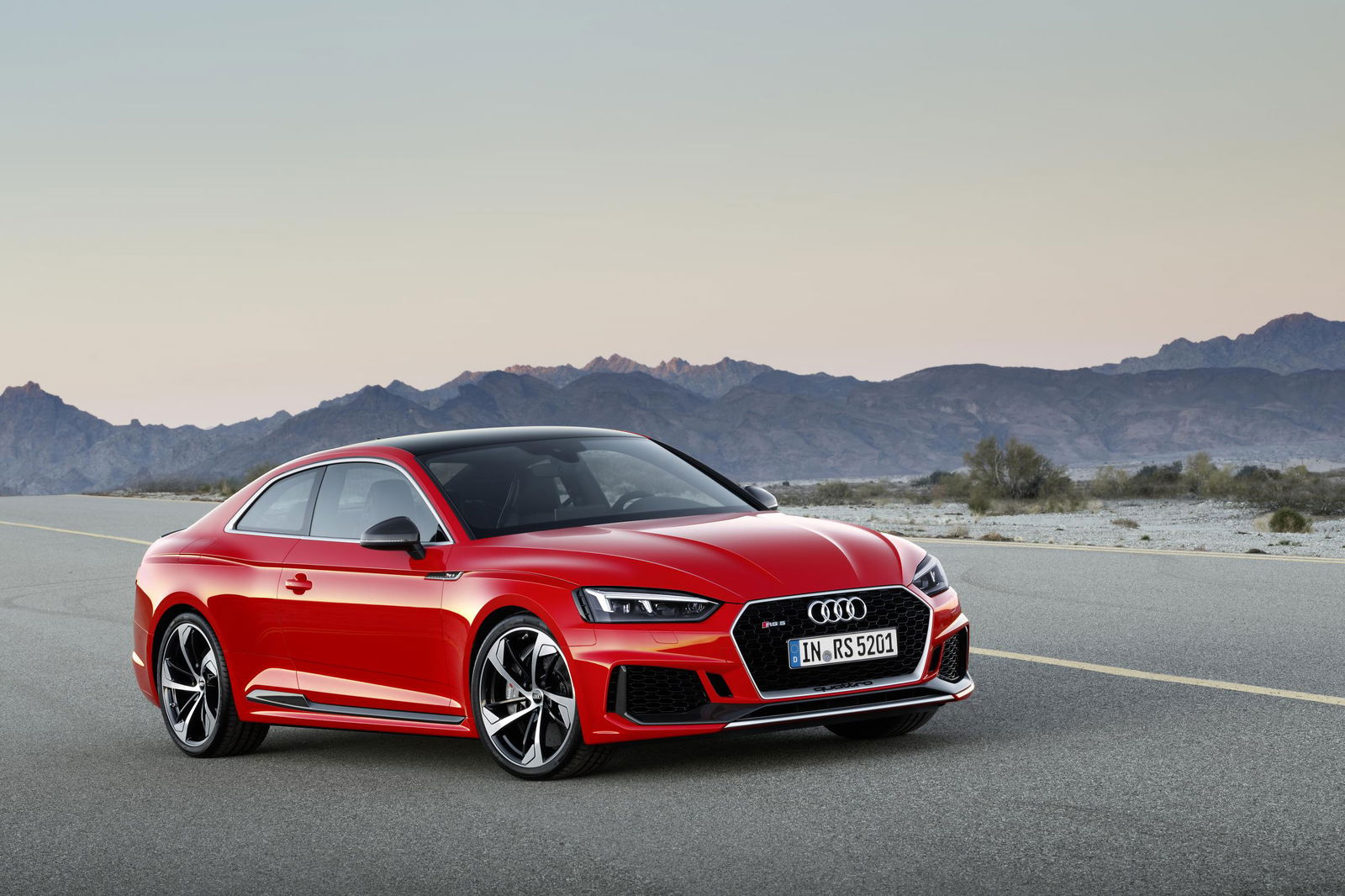
It might be very clever (and it is), but the RS 5 has no more power than the one it replaces. It doesn’t really need more than 444bhp, in fairness, but an increase in torque and weight reduction (bro) have made the quattro-equipped coupe an absolute flyer, smashing through the 0-62mph sprint in 3.9 seconds.
That makes it, well, rather quick. It’s also capable of 32.5mpg, according to its makers, who have absolutely no black marks on their record of honesty when it comes to fuel efficiency. Ahem. In any case, we predict that no one in their right minds will ever be able to keep their right foot away from the loud pedal for long enough to find out.
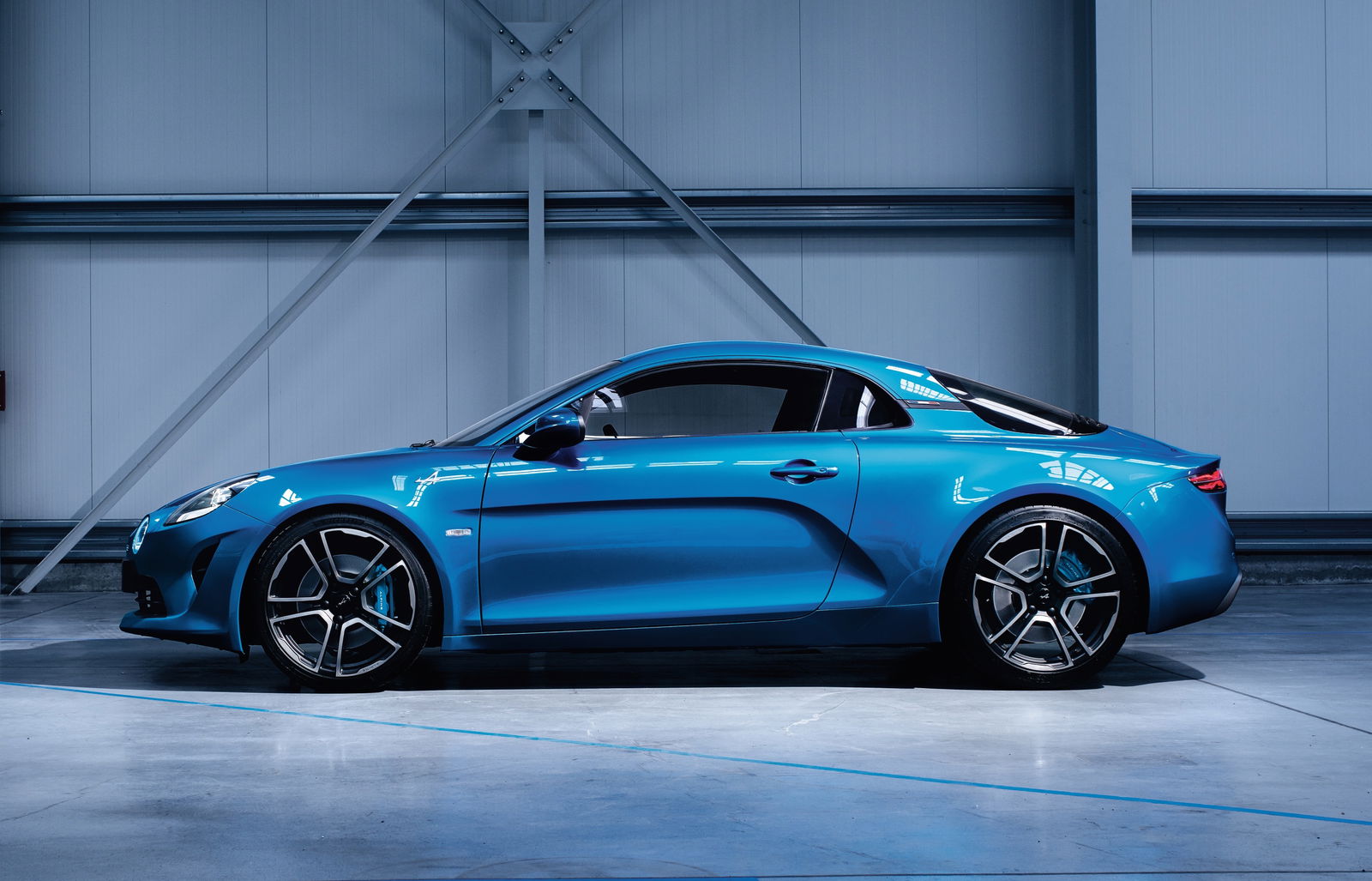

Comments
Ahem…
What about this disappointment?
[DELETED]
4.3-litre V6? You mean 3.0-litre V6?
How about this
Miata is not a performance car though…
Only 122hp out of a 5L V8. how can you get so little out of such a big engine?
You forgot there were 1.8 NB miatas which had 140/145hp instead of the NAs 1.8 131hp. Also, post 94 the 1.6 in the NA was only putting out 90hp
On the other hand, you have to understand, that in some countries, the taxes and insurance depend on the power and not on the size. So people, who want to buy a new, sporty car, have to go with at least 200 hp, which in e.g. Austria, is really expensive.
I actually like the decision of Toyota to keep the GT86 at 200 hp and I hope that the MR 2 will be arround the same figure.
FK Civic Type R? Even though it had only 1 hp improvement
Pagination